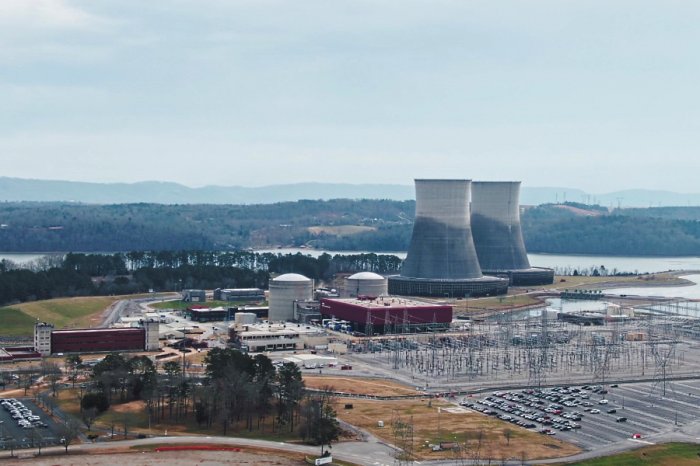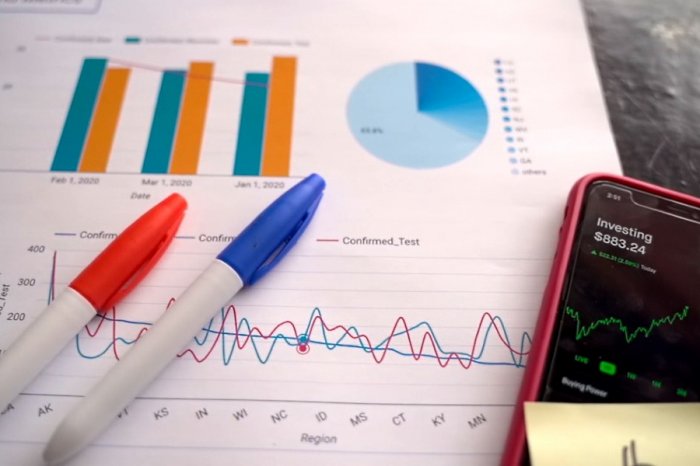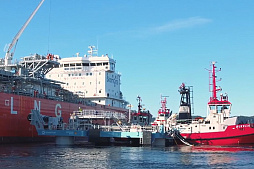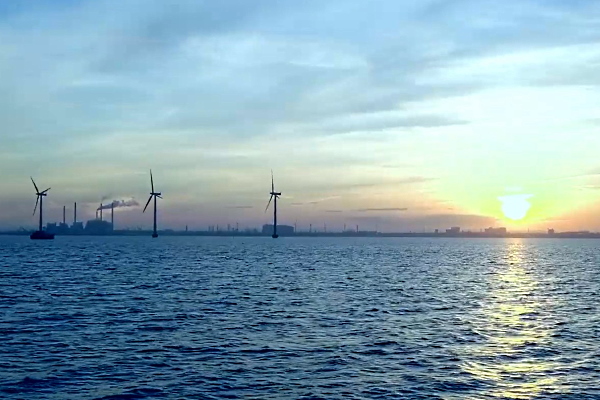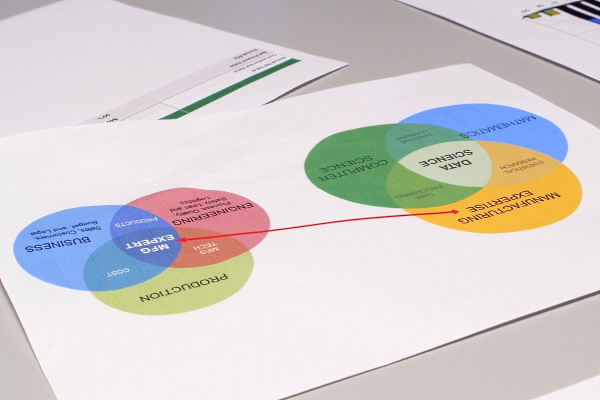To consider an application for financing, fill out the form and send it to us by e-mail along with the project brief, or contact our experts
PF schemes are enabling an increasing number of companies to switch to renewable energy sources such as wind farms, photovoltaic plants, biogas power plants and others.
At the same time, access to high financial leverage facilitates the implementation of large conventional energy projects as a bridge to a sustainable future, including the modernization of coal-fired thermal power plants, the construction of gas-fired combined cycle thermal power plants and other facilities.
It is becoming increasingly difficult for companies specializing in energy projects to implement capital-intensive projects without a high share of equity capital, especially against the backdrop of increasingly tight regulation in the banking sector.
Innovative project finance mechanisms, long-term investment loans, mezzanine capital, reliable loan guarantees and comprehensive consulting support allow our clients to implement large energy projects with 90% debt financing.
Contact the official representative of Link Bridge Financial LTDA LBFL to find out more.
Project finance in the renewable energy sector
Project finance refers to a method of raising long-term debt financing for large projects through financial engineering tools based on loans provided against the future cash flow generated by the project.A distinctive feature of project finance is the participation of the SPV (special purpose vehicle), which is engaged in attracting the resources necessary for the implementation of the investment project, ensures its construction and makes payments on loans issued to finance the energy project from the funds received through energy generation.
Securing the return of borrowed funds attracted to finance an investment project is the cash flow generated by the project. In addition, assets created during the implementation of the RES project can be provided as collateral. In other words, PF schemes do not require sponsors to provide their assets to ensure the return of received borrowed funds at the initial stage of the investment stage of the project. This makes project finance a fairly risky tool for capital providers.
Project finance in renewable energy is characterized by the following features:
• Comprehensive analysis of projects.
• Rational sharing of risks between project stakeholders.
• High requirements for the margin of safety of projects.
• Tender approach to the selection of suppliers and contractors.
• Complex contract structure of RES projects.
• Strict monitoring and control at all stages.
An important aspect of the implementation of energy projects, in addition to technology development, is the diversification of financing sources, in particular, the issuance of various types of securities.
The evolution of the financial market over the past decades has led to an increase in interest and the formation of a high demand for project finance bonds, opening up wide opportunities for financing renewable energy projects.
It has become profitable for commercial banks to refinance long-term investment loans in the bond market through the additional issuance of PF bonds or securitization.
At a certain point, the assets of the renewable energy sector had one of the highest potentials for securitization.
Starting around 2015, financial market participants began to actively use green bonds, which allowed energy companies to finance renewable energy assets by issuing bonds, the proceeds of which are directed to projects or activities with environmental goals. The growth in renewable energy funding has had a positive impact on the construction of photovoltaic power plants, offshore wind farms and other environmentally friendly energy projects in Europe and beyond.
Solar power plants
For project finance, solar energy projects are more suitable than wind generation projects, which are considered more technically complex and risky.The commissioning of new photovoltaic power plants creates significant potential for the issuance of project finance bonds in the field of solar generation around the world. The specificity of solar energy technologies is such that continued investment in this sector is accompanied by a significant reduction in the cost of technologies and an increase in the competitiveness of the energy produced due to economies of scale.
Skyrocketing prices for natural gas, fuel oil and coal, caused by geopolitical tensions on the European continent in 2021-2022, are also boosting investor interest in solar energy.
It is one of the most well-studied and predictable sources of energy, making entire industries independent of fossil fuels.
Thanks to changes in the fossil fuel market and active support from governments, project finance in the solar energy sector has become very attractive.
Compared to other renewable energy facilities, solar energy projects are the most typical from an engineering point of view, since the technologies and equipment used in the construction of solar power plants are largely identical in projects implemented around the world. Low risk and predictable performance are some of the reasons why project finance models are extremely widespread in the construction of solar power plants.
Today, there are dozens of large solar power plants of various types around the world built using project finance.
Among them we can mention Benban Solar Park (Egypt), Noor Power Plant (Morocco) and others. Major financial institutions and companies such as Acciona Energy are actively involved in the development of innovative solar projects, making an invaluable contribution to the energy transition.
Wind farms
Project finance, being one of the priority tools for stimulating economic growth, allows the implementation of large-scale wind projects such as the construction of offshore wind farms.The latter, having enormous development potential, are considered as one of the main sources of green energy for coastal regions, in particular for European consumers near the North Sea and the Baltic Seas. This is confirmed by the achievements of Germany, Denmark, Poland and other countries.
In Germany, using the project finance tool, the Nordsee ONE and Butendiek wind park projects were successfully implemented.
For their implementation, independent companies were established, the purpose of which was the development, financing, construction and operation of wind farms.
For example, Nordsee One GmbH was established for the Nordsee ONE park, while Western Power Distribution became the co-owner, operator and developer of the Butendiek wind farm.
International experience shows that global climate issues and rising fossil fuel prices are leading to an increase in project finance activity in the wind energy industry, especially in Europe and North America. The trend towards increased use of project finance schemes in the EU can be largely attributed to government programs, in particular targeted efforts to attract investment in renewable energy sources.
These government efforts are complemented by leading wind turbine manufacturers such as Siemens Gamesa and Vestas, who are investing hundreds of millions of euros to improve equipment capacity, reliability and reliability.
Hydropower plants
The top ten countries in terms of installed hydropower capacity remain unchanged over a long period of time.China, Brazil, Canada, USA, Russia, India, Norway, Turkey, Japan and France remain the leaders, together accounting for more than two-thirds of the world's installed capacity. These are countries that, due to the abundance of water resources, are able to develop hydropower projects on a sufficient scale and with high economic efficiency.
However, there are fewer and fewer suitable sites for new HPPs, which, along with tightening technical requirements, increases the cost of engineering and construction of such facilities.
Due to financial and technical reasons, hydropower is inferior in terms of investment attractiveness to other sources of renewable energy, especially solar and wind energy. This has a negative impact on the investment in the industry.
Between 2015 and 2019, the global average annual growth in installed hydropower capacity was 2.1%, which is considered a very modest figure. The need for increased funding for hydropower projects is felt almost everywhere, from greenfield projects to capital-intensive modernization of existing HPPs.
Project finance has traditionally played a critical role in this sector due to the huge initial costs and long payback periods of such projects.
Few companies, even in partnership with government organizations, are willing to bear such costs without external support.
The cost of building a hydropower plant varies widely, depending on the specific location and natural conditions, the technology used and the scale of the project.
Previously, such facilities could build about 500,000 euros per 1 MW of installed capacity, but now the construction of hydroelectric power plants in hard-to-reach river sections in compliance with the strictest environmental requirements can easily exceed 4 million euros per 1 MW of installed capacity.
The establishment of a special purpose vehicle, isolation of project assets from its initiators, high financial leverage and rational distribution of project risks create the most favorable conditions for attracting financing for the construction of hydropower plants in the current environment.
Project finance in the conventional energy sector
Thermal power plants at the initial stage of construction are generally considered to be a cheaper solution compared to RES projects of similar installed capacity.However, the exorbitant prices of natural, gas and coal make these plants quite costly to operate, so the cost of electricity produced can rise substantially during times when fossil fuel supplies are scarce. As a controversial energy source with an uncertain future, conventional energy facilities are now considered risky investments, which explains the difficulty of financing such projects.
Since thermal power plants are directly dependent on the availability of fossil fuels, in many cases these facilities are built near energy sources such as coal fields, liquefied natural gas terminals, large pipelines, refineries, and so on. Usually these are very large projects with an installed capacity of 1 to 3 GW or more, consisting of several multi-megawatt power units and a developed infrastructure.
The cost of such facilities can run into many hundreds of millions of euros, which poses serious long-term financing problems for sponsors.
Project finance is now widely used in the thermal power industry, providing companies with the effect of high financial leverage and convenient financing mechanisms with minimal risk.
Some features of PF model are listed below:
• Flexible application of a wide range of financial mechanisms, including long-term investment loans, the issuance of corporate securities and others.
• Using future financial flows as collateral for debt, as well as providing assets of a special project company created as part of a specific thermal power plant project as collateral.
• Energy project financing is carried out through a specially established legal entity (SPV, SPE, SPC), which is formally independent of the initiators and has separate assets.
• Adequate level of financial participation of the project sponsors, which can reach 10-20% of the estimated project cost or more, depending on the agreements. Thus, 80-90% of project costs are covered by banks / investors, which allows using the effect of financial leverage.
• Given the complete absence of collateral or its limited nature, the reliability of the PF model is ensured by a complex multilateral contractual structure with a rational distribution of risks and responsibilities of the parties.
In fact, the project finance (PF) is justified only by the high reliability of the project and the high confidence in the technologies, which can be achieved with sufficient experience and professional approach of the contractors.
Obviously, this is much more applicable to traditional energy sources than to little-studied alternative technologies.
Combined cycle power plants
Project finance, based on the repayment of project debts from future cash flows, has been considered for several decades as one of the best solutions for conventional energy facilities.This is especially true when it comes to large capital-intensive projects built on proven and reliable low-risk technologies. Highly efficient and reliable Combined Cycle Gas Turbine (CCGT) power plants are now considered mainstream in the thermal power sector. This is an area where the potential benefits of project finance models are fully realized.
World experience in the construction and operation of thermal power plants has shown that the generation of electricity and heat at them is most effective in combined-cycle gas turbine power plants, which include a gas turbine and a steam turbine.
As a result of this combination, the heat is fed into the gas turbine (the cycle at a high initial temperature of the combined system), and the unused heat is removed to the steam turbine, which operates at a relatively low temperature.
This technology provides the maximum efficiency that can be achieved by burning fossil fuels.
As an important bridge between conventional energy and a carbon-free future, gas turbine combined cycle power plants powered by natural gas are now regarded as one of the most important sources of electricity for industry and households in developed countries.
Despite the problems caused by the explosive growth in hydrocarbon prices, highly-efficient CCGT projects continue to be seen as one of the pillars of the global economy for the coming decades.
Project finance plays an important role in modernizing and improving the efficiency of the European energy sector, supporting local economies against the backdrop of rising hydrocarbon prices. One example is the recent 560MW CCGT plant project in Grudziadz, which is being developed jointly with MYTILINEOS and Siemens Energy Global GmbH.
The power plant, an EPC contract for the construction of which has been signed since May 2022, will be financed through a special purpose vehicle on a PF basis.
Modernization of coal-fired thermal power plants
The current situation in Europe has raised the issue of an urgent revival of thermal energy in many countries, including the opening and modernization of previously closed coal-fired thermal power plants.These processes on different scales are observed today in many countries of the world that have previously relied on carbon-free energy.
Be that as it may, the cost of building a new coal-fired power plant today could easily exceed 3 million euros per MW of installed capacity. This is a difficult decision, given the hazy long-term prospects for coal energy and the huge number of closed energy blocks across the EU.
Modernization is several times cheaper than new facilities.
These are capital-intensive projects that can significantly improve the efficiency and safety of using coal for power generation, as well as extend the life of existing power units. For example, the Polish company Rafako plans to make major investments to modernize at least 40 power units that generate electricity from coal.
While the EU is looking for alternatives to natural gas, these projects will enjoy increased attention from banks and potential investors.
Some countries have actually become disillusioned with RES, which made the modernization of coal-fired power plants an obvious solution in the medium term. Project finance can help companies and governments respond quickly to new global challenges by providing adequate funding from a variety of sources.
Link Bridge Financial LTDA LBFL, a company with international experience in financing energy projects, is always ready to offer its clients customized solutions to ensure energy security and sustainability.
We offer long-term loans, project finance instruments, loan guarantees, financial modeling services, engineering services, professional project management and comprehensive project support from the business idea phase to commissioning.








